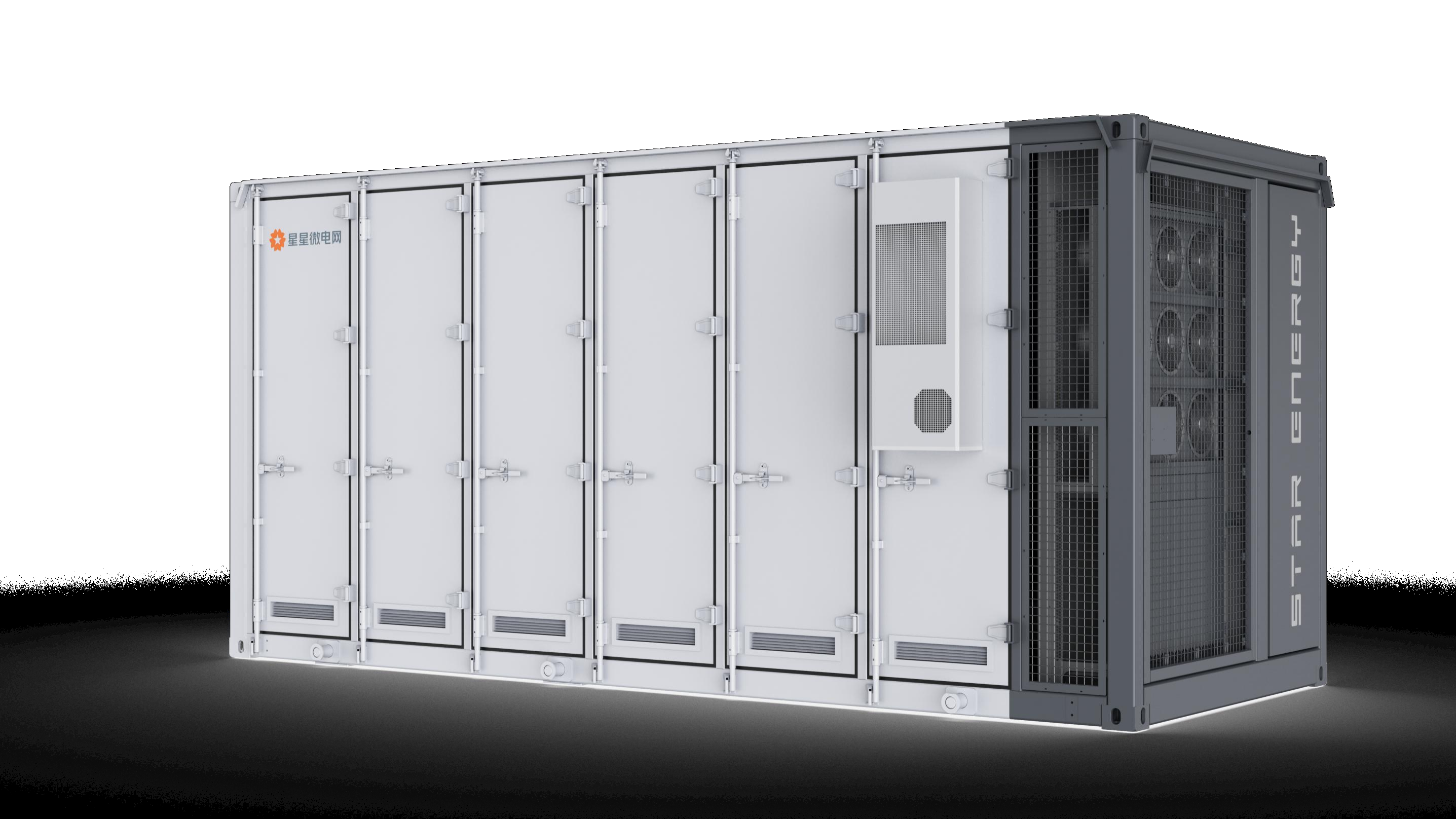Wedoany.com Report-Dec 24,The new capacity market aims to guarantee the security of electricity supply and promote the development of key technologies such as batteries. This market provides a stable source of revenue for energy storage projects, essential for the transition to a more renewable and flexible system. The capacity market is emerging as an essential tool to attract investment and accelerate the integration of batteries into the electricity system.
A capacity market for the peninsular electricity system
The Ministry for Ecological Transition (MITECO) has opened a public consultation on a proposal to establish a capacity market in the Spanish peninsular electricity system. This mechanism aims to guarantee supply security and promote investment in technologies that provide firmness and flexibility to the system, such as energy storage and demand management.
The market will allow the participation of generation, storage and consumer facilities, including demand aggregators. These actors will be remunerated for their availability to inject electricity or reduce consumption when necessary.
MITECO’s proposal envisages three types of auctions designed to cover different needs of the electricity system. Firstly, the main auction will focus on existing facilities and new projects that will start to provide service within up to five years of their award, with a service duration varying between one and fifteen years, depending on the technology. In addition, the annual adjustment auction will be aimed at facilities in operation, with a twelve?month service period, to meet the temporary needs of the system. Finally, the transitional auction will guarantee the firmness of the system until the services awarded in the main auctions come into operation, with an annual duration.
Participating generation facilities must not emit more than 550 grams of CO2 per kWh and must meet the firmness and flexibility requirements established in each call. New investments will be limited to renewable technologies, storage or demand management.
The final piece for the battery revenue stack
The implementation of the new capacity market in Spain is fundamental for the accelerated development and deployment of battery energy storage systems in the electricity system. In the context of increasing integration of intermittent renewable energies, such as solar and wind energy, batteries play a critical role in providing flexibility, storage and back?up at times when renewable energy production cannot meet demand.
However, the development of these projects has faced significant financial challenges due to the uncertainty of revenues from the energy and ancillary services markets. In this context, the quality and reliability of revenue forecasts play a crucial role in ensuring the viability of battery projects. These forecasts must be sufficiently detailed and accurate to reflect potential revenue streams, including revenues from capacity, spot markets and ancillary services. For a battery project to obtain financing, financiers need to have full confidence in these projections, as revenue predictability is critical to mitigate risks and ensure adequate returns. A robust financial model based on credible forecasts can make the difference between a project that attracts capital and one that fails to materialise, especially in a market that is still maturing.
The new capacity market offers a key solution by providing a stable and predictable revenue stream that significantly improves the economic viability of batteries. In both stand?alone projects and those hybridised with renewable power plants, capacity revenues will be integrated as an essential pillar in the financial models.
With this mechanism, Spain is moving in the right direction to overcome the barriers that have limited the deployment of batteries, promoting private investment in projects that, in addition to be profitable, are essential to achieve the decarbonisation objectives in the energy transition.
Capacity markets in Europe
This capacity market in Spain is in line with European practices, where capacity mechanisms have proven to be essential to guarantee the stability of electricity supply in a system increasingly dominated by intermittent renewable sources. In several European Union countries, such as France, the United Kingdom and Italy, these mechanisms have become structural pillars of the electricity market, incentivising investment in technologies that provide flexibility and support to the system. These markets have also evolved to comply with European Commission regulations, which require compatibility with climate objectives, promoting low?carbon technologies such as energy storage, demand management and renewable generation. By adopting this approach, Spain seeks not only to guarantee supply security but also to attract investment in innovative and sustainable technologies that will strengthen the energy transition and ensure the competitiveness of its electricity market at the European level.
AleaSoft Energy Forecasting services for battery project revenue forecasts
AleaSoft Energy Forecasting provides long?term revenue forecasts for battery projects. It also offers the possibility to integrate these forecasts into a financial model. This model allows the economic viability of the project to be assessed by considering both forecasted revenues and associated costs, including CAPEX, OPEX and investment amortisation. The forecasts include a breakdown of revenues from price arbitrage in the day?ahead and intraday markets, ancillary services and the capacity market, providing a complete and detailed view of the various sources of project profitability. By incorporating forecasts into the financial model, developers and investors can analyse scenarios, calculate key indicators such as IRR (Internal Rate of Return) and payback period, and make informed decisions with greater confidence. This approach ensures that all economic aspects of the project are backed by robust data and reliable forecasts, which are essential to attract financing and maximise project profitability.

















